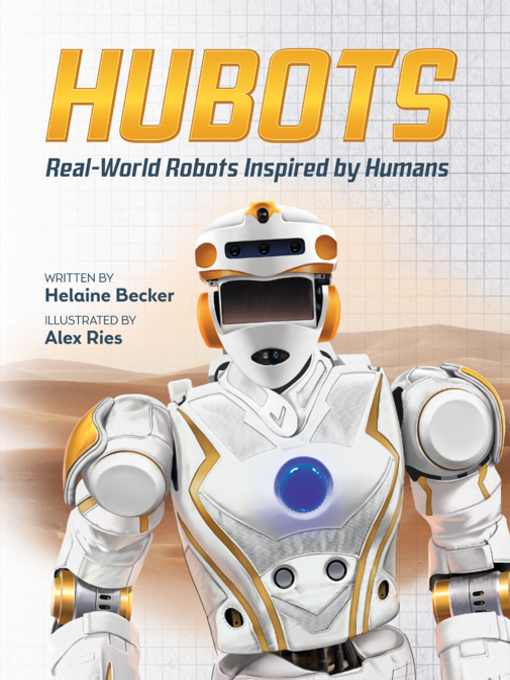The future is now. Here come the hubots!
Using increasingly sophisticated artificial intelligence (AI) and embodied intelligence (EI), a new generation of robots is being designed to look, act and even think just like humans! Hubots, or human-inspired robots, are expanding the boundaries of what robots can do. For example, they can fight fires on the high seas, set up colonies on other planets and provide humans with companionship. This book introduces readers to ten different robots, the challenges they were each designed to meet and the superpowers that enable them to take on tasks humans can't. Human-like robots live among us!



